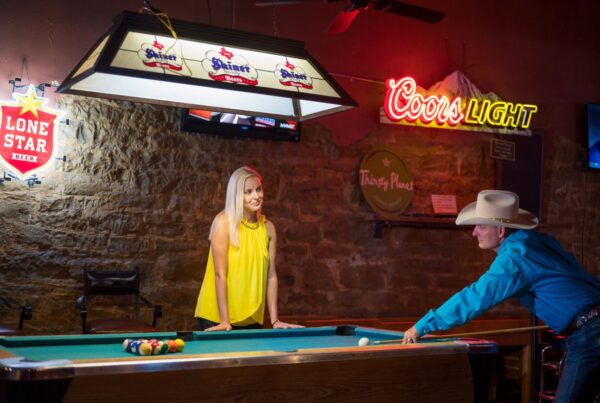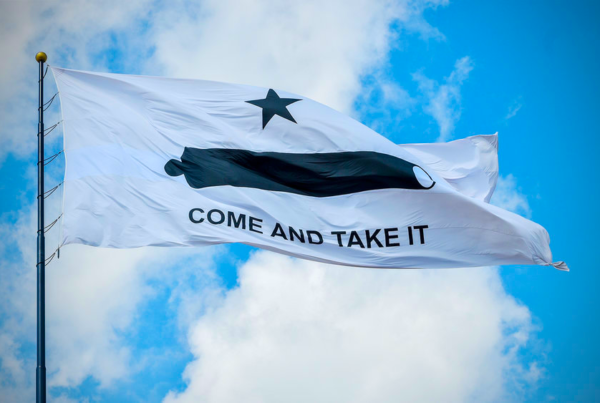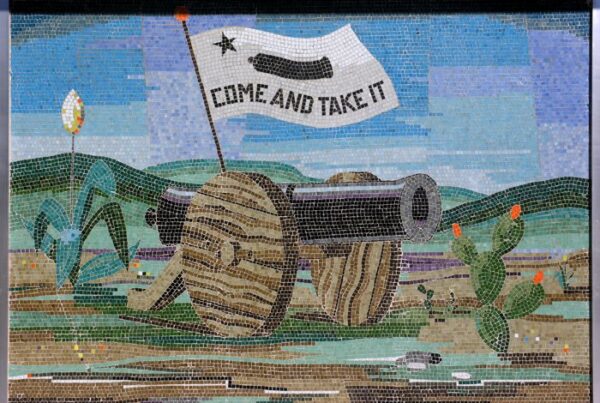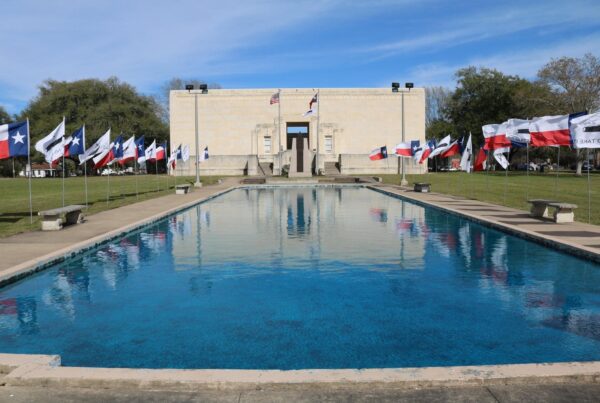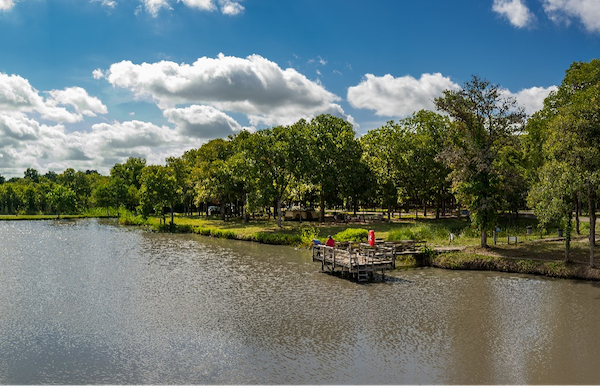The R.S. Dilworth House was finished at 903 St. Lawrence Street, with J. Riely Gordon as the architect. The S.H. Hopkins House was built at 912 St. Louis Street, with Atlee Ayres as the architect. Additionally, the C.H. Hoskins House was completed at 906 St. Louis Street, also with Atlee Ayres as the architect. The H.W. Matthews House was finished at 620 St. Michael Street (Block 42), with J. Riely Gordon as the possible architect. The John Steiner House was constructed at 204 N. College Street, while the J.C. Bright House was begun at 1006 St. Matthew Street.
The St. Joseph Catholic Church was moved from the southwest corner of St. Lawrence and College Streets (Block 46) to the southeast corner of St. Lawrence and Hamilton Streets, in order to cater to the growing Mexican-American congregation. It was later moved to the southeast corner of St. Lawrence and St. John in 1912 before being razed in 1931. Meanwhile, the St. James Catholic Church was built on the southwest corner of St. Lawrence and College Streets (Block 46).
Other notable events included the placement of a metal fence around the City Cemetery by The Ladies City Cemetery Society, the existence of the I.O.O.F. August Kleine Rebekah Lodge #328, and the completion of the C.B. Patton House at 927 St. Lawrence, with Fred Meisenhelder as the builder. Lastly, the Post Office building was completed at 711 St. Joseph Street, replacing the wooden B.B. Peck & Company store, known for its finest fashions. It was on August 7th when Judge Ben W. Fly received a 100-piece silver table service (Gorham) from Anti-abolitionists of Victoria County, with the name “Fly” engraved on each piece.




